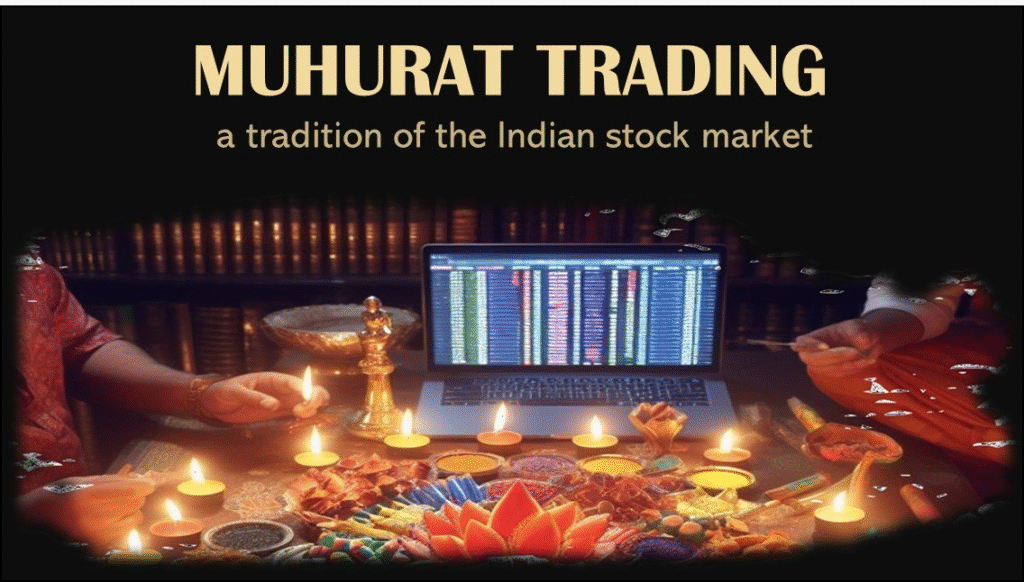
Premchand Roychand Jain is a name that will not ring a bell with most readers. Born in 1832, he was the son of a merchant from Surat. He was the first stockbroker in India who could read, write, and speak English. He was one of the first stockbrokers who started trading in stocks and shares in India in the 1850s under a Banyan tree on the kerbside of a road adjacent to what was rechristened as the Horniman Circle Garden in South Bombay. Initially known as Bombay Green, and later as Elphinstone Circle, following India’s independence in 1947, the circle was named after Benjamin Horniman, who supported the Indian independence movement as the editor of The Bombay Chronicle newspaper. The Banyan tree was opposite the majestic Bombay Town Hall building that was constructed in 1830s. The Town Hall houses the Asiatic Society of Bombay, a public library in Mumbai. The majestic library building is one of the few remaining structures from the architectural style that prevailed in Victorian Bombay. It is rumoured that the well next to the Banyan tree that supplied drinking water to those assembled under the tree in yesteryears, still supplies drinking water to the czars of the financial world who occupy the offices in the buildings in the area.
Premchand Roychand became known as the “cotton king” and the “bullion king” of India after he made huge profits from the boom in the prices of cotton and gold triggered by the American Civil War in 1861. As a founding member of “The Native Share and Stock Brokers’ Association” it was his leadership that resulted in the establishment of an organization on July 9, 1875 that came to be known as the Bombay Stock Exchange (BSE), the first stock exchange in Asia, and the oldest institution in India. In a country not known for creation and survival of institutions, the BSE remains an enigma that has survived the vicissitudes of time, battling fair and unfair criticisms and onslaughts on its existence. Intertwined with the rise and ebb of the Indian economy, the history of BSE reflects the economic history of India over the last 150 years. The resilience of BSE was fully tested when at 13:30 on Friday, March 12, 1993, a powerful car bomb exploded in the basement of the iconic 28-storey BSE building. The building and the nearby buildings were severely damaged, and 50 deaths were attributed to the explosion. Despite the catastrophic event, BSE was open for business on Monday, March 15, 1993, the first day for trading after the explosion, to give a message that it and the country will not be cowed down by acts of terror.
The DNA of BSE also contains creativity and innovations in products and processes to absorb the developments in the world of finance to serve its stakeholders that include the investors and traders in stocks and shares. The Badla system created by BSE allowed trades to be carried-forward from one settlement to the next settlement. The system was like the extant futures market is stocks. It served to deal with the poor liquidity in the secondary market in many stocks in those days in India. There were financial instruments that derived their prices from the settlement price of the associated stock and the spread implied by the instrument from the settlement price. These financial instruments were akin to the extant options on stocks. These were Indian variations of the financial instruments that prevailed in the developed markets. The need to provide full play to views prevailing in the market to discover the correct price of a stock was recognized by BSE well before it was recognized by the prevailing regulations.
The Muhurat trading is another innovation by BSE. The word ‘Muhurat’ means auspicious time. According to the Hindu calendar, Diwali is the start of a new year (Samvatsaradi). The day marks the closure of the books of accounts for the previous year and the start of new books of accounts with the pages of the books being worshipped and ceremoniously marked to bring about success in business in the ensuing year. Diwali is a national holiday and like all institutions the stock markets are shut. However, being one of the most auspicious days in the year, and the start of a new year, the traders and investors were keen to find a way of trading in stocks on Diwali. The idea of Muhurat trading was born in 1957 to facilitate trading while keeping the market shut during the normal trading hours. Since that year, every Diwali, the market is kept open for Muhurat trading for an hour in the evening on Diwali. It meets the urge among traders (and investors) to transact in the market, even if it were to be merely symbolic, on the first day of the new year. Recognition of the cultural need to transact and facilitating transactions despite a market shutdown is unique to India.
We all know that a market requires both buyers and sellers. If there are only buyers the price of the item being traded will soon shoot through the roof, and if there are only sellers, the price of the item will collapse. If Muhurat trading resulted in only buying of stocks, the stock prices will rise abnormally. As that does not happen, it implies that there are both buyers and sellers in the Muhurat market. Who buys and who sells in the Muhurat market? The unconfirmed received wisdom is that Marwaris tend to be sellers in the market and Gujaratis tend to be buyers in the market! As there is an abundance of both Marwaris and Gujaratis in the market, the stock prices remain balanced in the Muhurat market. The Marwaris believe that on Diwali, that is the day of Laxmi Puja, fresh cash should come into their books (by selling stocks), and the Gujaratis believe that fresh asset should be created on their books (by buying stocks).
The Muhurat trading for 2023 is today, November 12, 2023, the date of writing the article. Both, the BSE and the NSE will be open for Muhurat trading, from 6:15 – 7:15 PM. Go ahead and do a token trade, irrespective of whether you want to imitate Marwaris or Gujaratis! Just be a part of the Indian tradition created by BSE of finding a way out of conflicting demands in a situation!
